In Photos: Viking Outposts Possibly Found in Canada
3 sites

The only certain Viking site in the New World is located at L'Anse aux Meadows on the northern tip of Newfoundland. That site was excavated in the 1960s and would have served as an outpost to Vikings some 1,000 years ago. Recently however three possible Viking sites have been excavated in Canada. Two of them — at Sop's Arm and Rosee's Point — are also located in Newfoundland. The third site, called Nanook is located on Baffin Island in the Canadian Arctic. [Read full story on Viking sites]
Viking tales

Sagas from the time of the Vikings tell of their journeys into the New World. They mention several lands that they visited, including Helluland (widely believed to be Baffin Island), Markland (widely believed to be Labrador) and Vinland (a more mysterious location that some archaeologists argue may be Newfoundland). [Read full story on Viking sites]
Sop's Arm
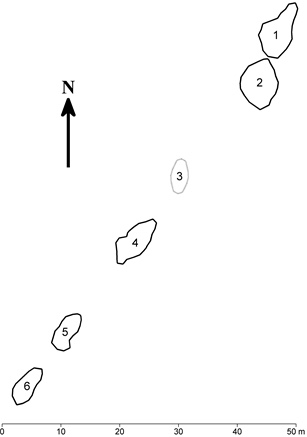
At Sop's Arm in Newfoundland, archaeologists have excavated a series of pitfalls that may have been used by the Vikings for hunting large animals such as caribou. The pitfalls are arranged in an 82-meter-long (269 feet) line. The pitfalls are up to 2.3 meters (7.5 feet) deep. The Vikings may have driven the animals toward the pitfalls where they could be trapped and killed. [Read full story on Viking sites]
Pitfalls
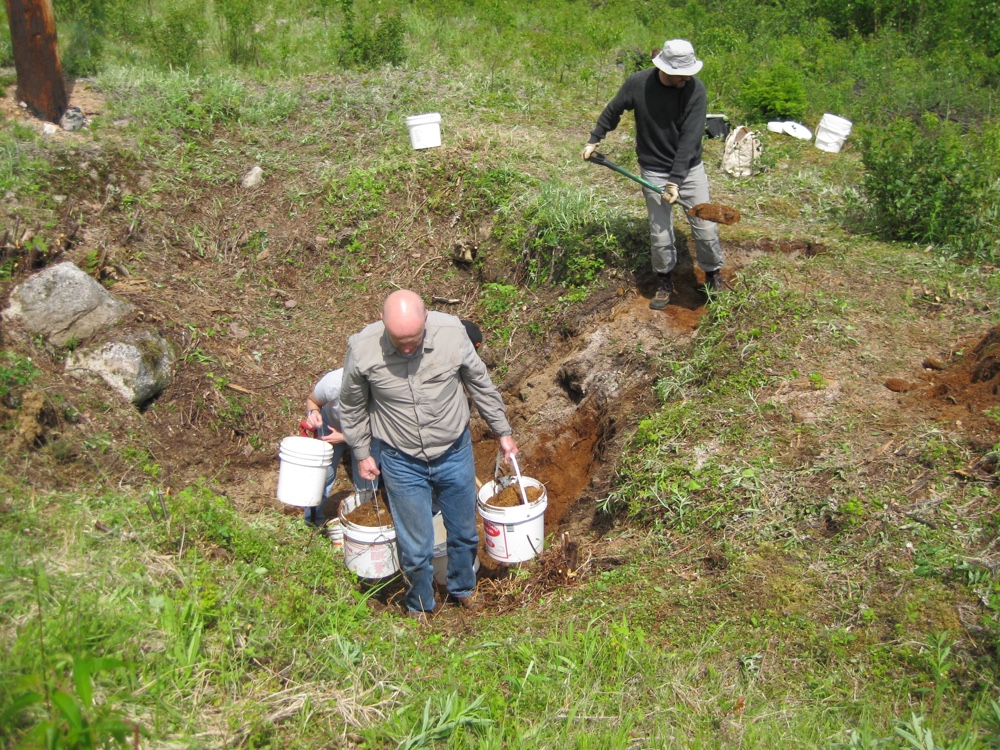
Archaeologists excavated the pitfalls at Sop's Arm in Newfoundland in 2010; they are planning to return to collect more data that may confirm Vikings used the site. [Read full story on Viking sites]
Trapping caribou
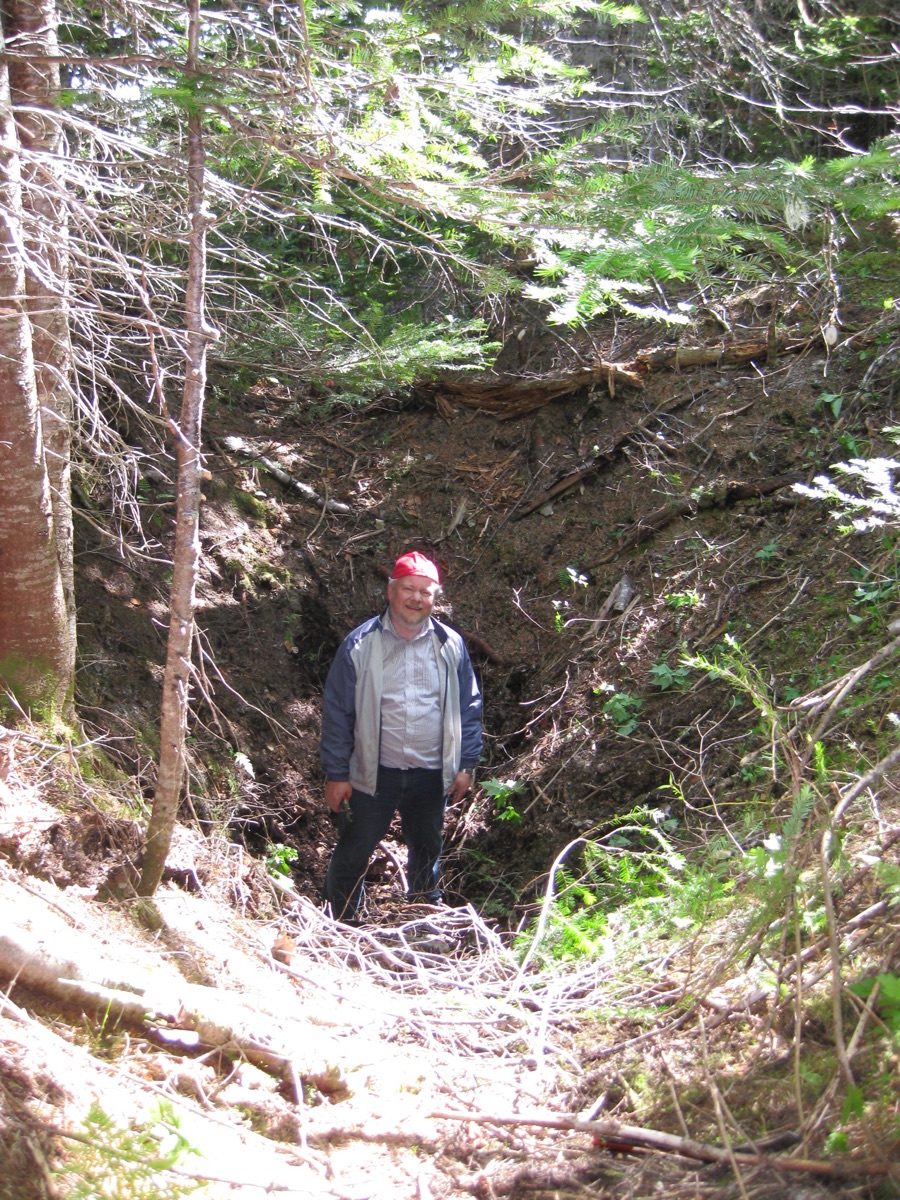
A photo of one of the excavated pitfalls. The pitfalls would have been used to trap large animals such as caribou, allowing them to be easily killed. The Vikings commonly used this technique, archaeologists say. [Read full story on Viking sites]
Searching for Vikings

Another possible Viking site, located at a place called Point Rosee in southern Newfoundland, was discovered using satellite imagery. Its existence was announced at the end of March 2016. Archaeologists found what may be a hearth used to roast bog iron and a structure made with turf. [Read full story on Viking sites]
Viking structure?
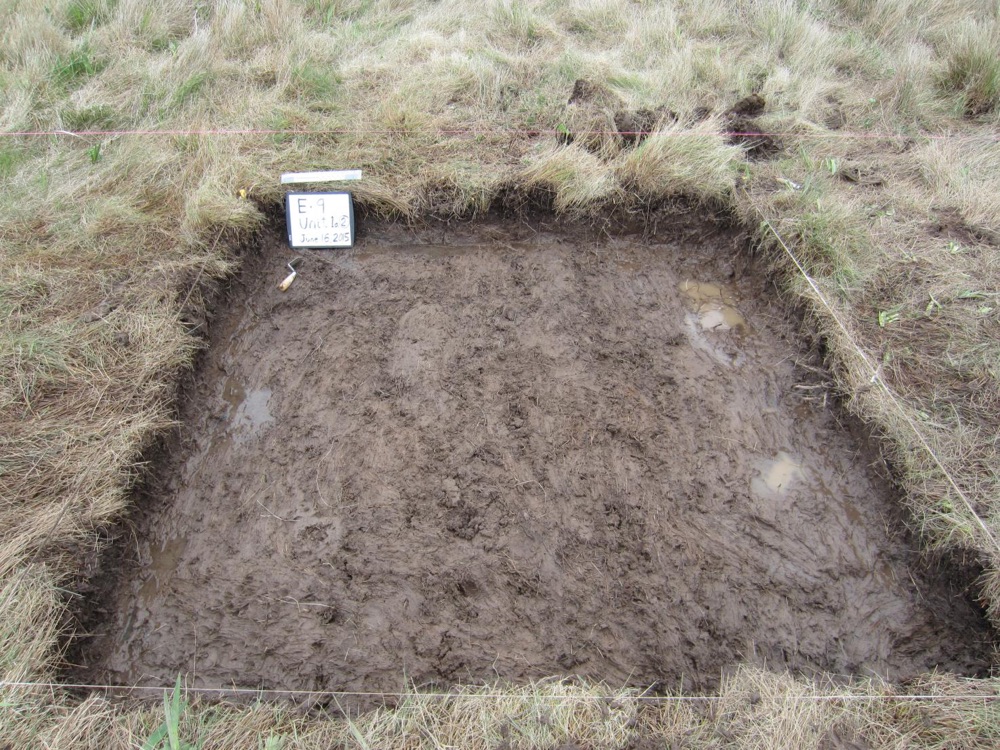
The top of a possible turf structure found at Point Rosee in southern Newfoundland. More excavation of this feature is needed to confirm whether it was used by Vikings. [Read full story on Viking sites]
Get the world’s most fascinating discoveries delivered straight to your inbox.
Roasting iron
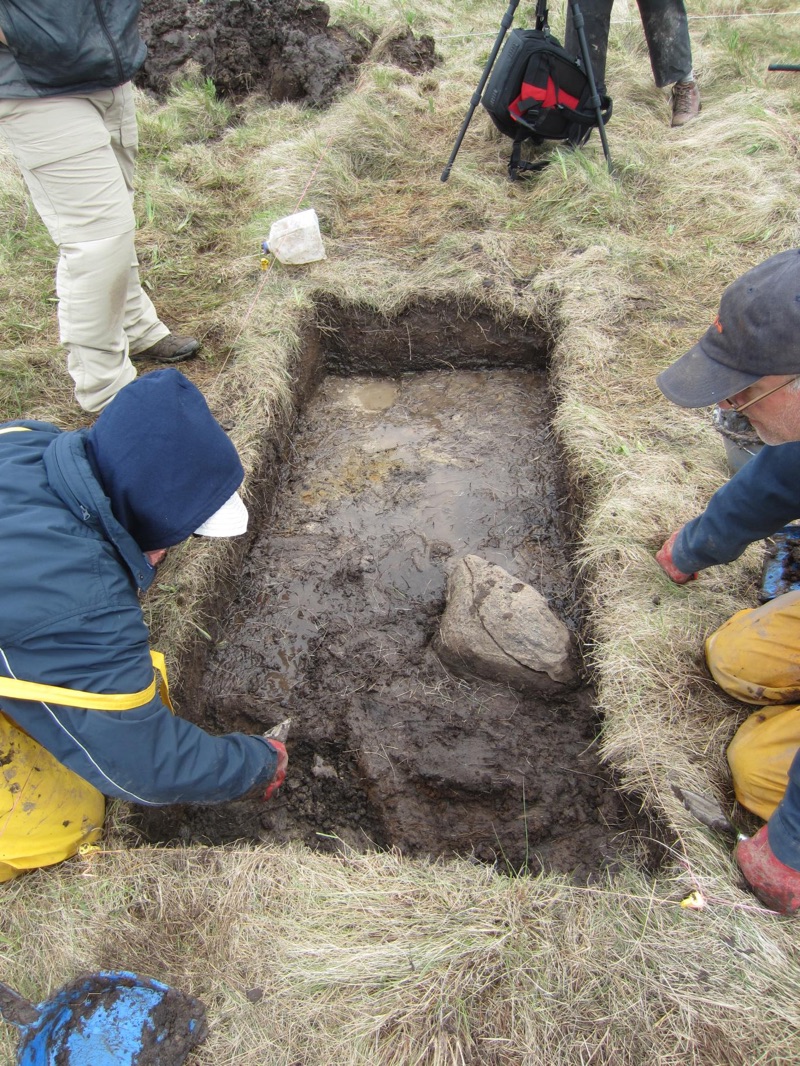
Sarah Parcak (left) and Fred Schwarz (right) expose the upper portion of a boulder at a possible bog iron roasting installation at Point Rosee in southern Newfoundland. Bog iron is a type of impure iron that forms due to chemical reactions in swamps and bogs. [Read full story on Viking sites]
Bog Iron Hearth
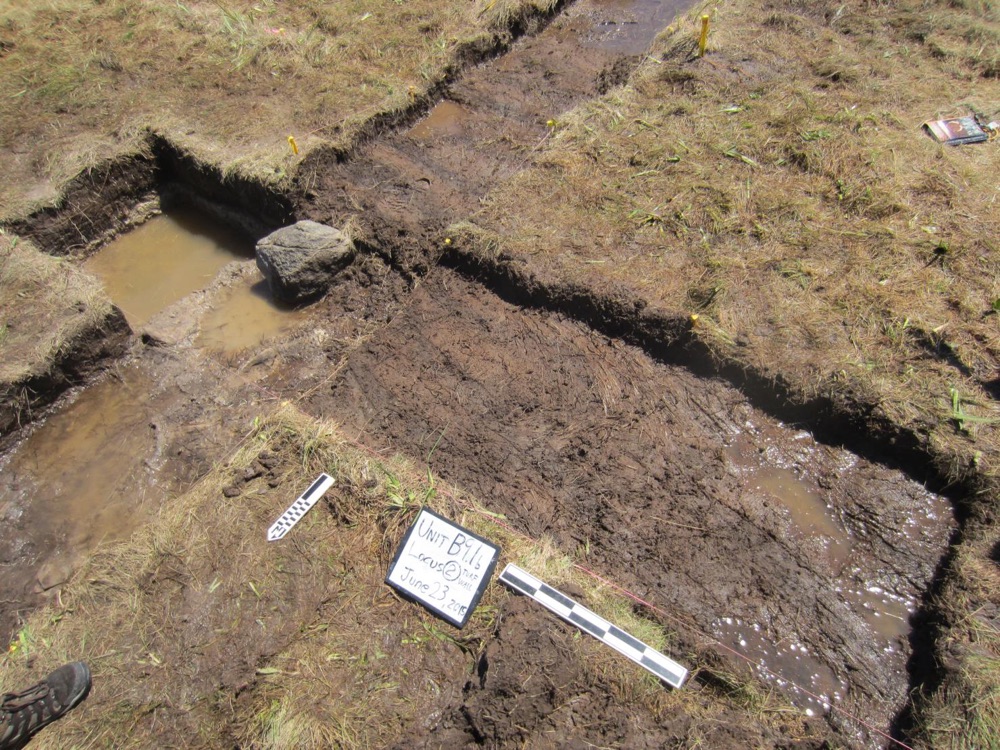
The possible bog iron roasting hearth can be seen beside the structure made of turf at Point Rosee. Archaeologists say that more dating information and excavations are needed to confirm whether these are evidence of Vikings. [Read full story on Viking sites]
Baffin Island
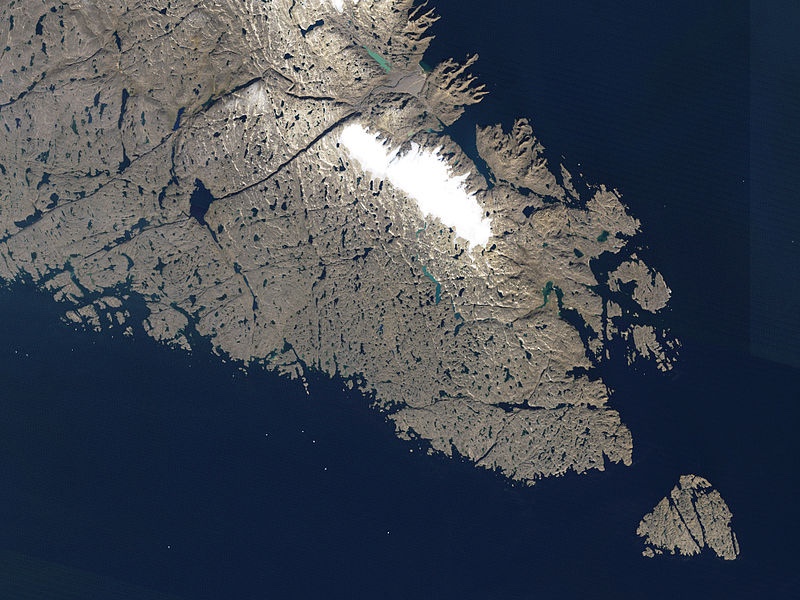
A third possible Viking site is located on Baffin Island in the Canadian Arctic. Known as the Nanook, the site contains artifacts that may have been used in metal working and what may be a Viking structure. However, research was forced to end at the site in 2012 before the site could be verified as Viking. This shows a satellite image of the southern part of Baffin Island. [Read full story on Viking sites]

Owen Jarus is a regular contributor to Live Science who writes about archaeology and humans' past. He has also written for The Independent (UK), The Canadian Press (CP) and The Associated Press (AP), among others. Owen has a bachelor of arts degree from the University of Toronto and a journalism degree from Ryerson University.


